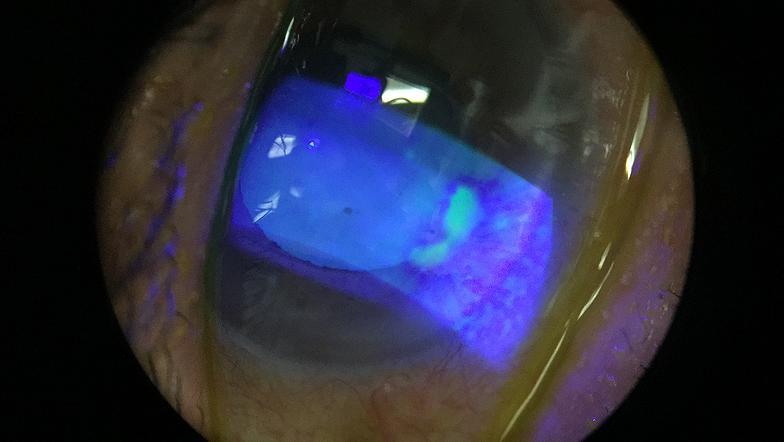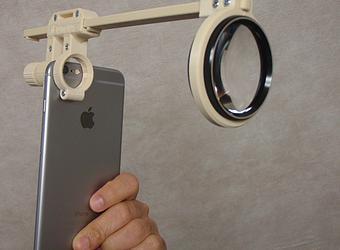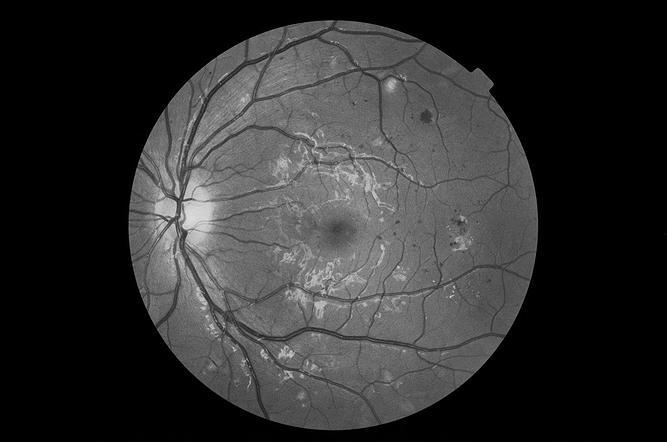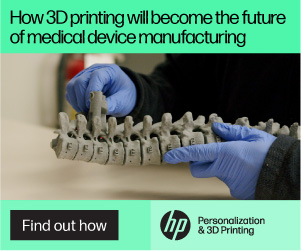 We hear enough about how so many third world diseases are preventable, but people just lack the resources; preventable diseases can too easily become severely crippling, or even deadly, due to the condition of poverty. We also hear enough good stories about people who are using their medical and technical knowledge to change this fact.
We hear enough about how so many third world diseases are preventable, but people just lack the resources; preventable diseases can too easily become severely crippling, or even deadly, due to the condition of poverty. We also hear enough good stories about people who are using their medical and technical knowledge to change this fact.
Dr. Sheng Chiong Hong is one such person. Traveling in Kenya, Neapl, and Malaysia exposed him directly to eye care issues, and he was determined to do something about preventable conditions that lead to blindness when undiagnosed and untreated.
“Making equipment that is cheap, portable and accurate is the key,” says Dr. Hong, who found a friend in 3D printing. “Developing countries do not have access to these machines that we take for granted. I was just tired of the fact that people were going blind from preventable causes.”
Dr. Hong, an eye doctor at Gisborne Hospital in New Zealand, bemoaned the fact that the large and heavy machinery in an opthamologist’s office used to diagnose eye problems usually runs about $20,000. So he did something about this. He founded OpthalmicDocs, which is devoted to developing affordable an ultra-mobile diagnostic devices for eye conditions.
Earlier this month, we covered the introduction of the device and accompanying app, and already there are impressive updates over at OpthalmicDocs as the files have since been launched online–to great, and immediate, acclaim.
“Within five days of the launch this month,” Dr. Hong said, “we had more than 700 downloads and more than 30,000 hits on the company website.”
Included in the devices is one of particular interest to the 3D printing community: a portable slit lamp microscope and fundus camera which can be clipped over the edge of a phone to rest over the camera. This device was created with the help of a 3D printing specialist and mechanical engineer, and when used in conjunction with a portable app, it can diagnose and monitor eye conditions and act as a portable electronic record for the patient, too.
Even better: the device is 3D printed with eco-friendly, biodegradable materials. And it’s relatively cheap. A standard fundus camera costs around $16,000 and a standard slit lamp costs $20,000. Hong’s fundus camera device costs $50 and his slit lamp costs $5.
That’s a serious difference in price that could end up being lucrative for Hong in the long run. However, as if we weren’t already impressed enough by this dedicated doctor, he has not patented or placed any restrictive measures on the technology; this is an open source project. In fact, Sculpteo sells an iPhone Slit Lamp Adapter for $100.69.
“If somebody wants to mass-produce it,” says Dr. Hong of the decision to open source the technology, “that is not a problem for me, that means more people will have access to the technology.”
Dr. Hong, who is from Malaysia and received his medical degree in Ireland, had opthamology postgraduate training at the University of Otago and is a master in ophthalmology research candidate. At Gisborne Hospital he has been mentored by ophthalmology specialist Graham Wilson.
A dedicated doctor and humanitarian, we look forward to seeing how his 3D printed device and other future inventions can help stop unnecessary blindness — helping more and more people continue to see the light. Let us know your thoughts on this generous open source approach to ophthalmology in the Retinal Imaging forum thread at 3DPB.com.
[All photos: OpthalmicDocs.com]
Subscribe to Our Email Newsletter
Stay up-to-date on all the latest news from the 3D printing industry and receive information and offers from third party vendors.
You May Also Like
Air Force Awards Fortius Metals $1.25M to Qualify 3D Printing Wire for Hypersonic Applications
AFWERX, part of the US Air Force Research Laboratory (AFRL), awarded a Direct-to-Phase II Small Business Innovation Research (SBIR) contract worth $1.25 million to Colorado’s Fortius Metals, to accelerate qualification...
US Air Force Awards JuggerBot $4M for Large-format Hybrid 3D Printing
Large-format 3D printer manufacturer JuggerBot has received a $4 million grant to develop a large format 3D printer, courtesy of the Under Secretary of Defense, Research and Engineering Manufacturing Technology...
Where Have All AM’s Unicorns Gone?
In the rapidly evolving world of 3D printing, startups valued at over a billion dollars, known as unicorns, once seemed as fantastical as the mythical creatures themselves. While a few...
How My Childhood Fascination with Planes Led to Investing in 3D Printing
My fascination with aerospace started young, and I started studying planes–identifying them in the sky and learning everything I could about how they work. Fast forward to my first week...



































